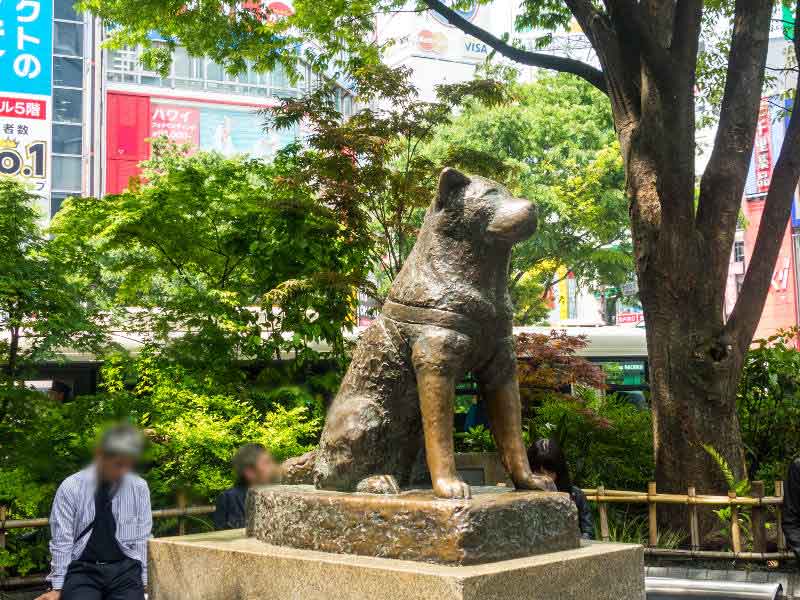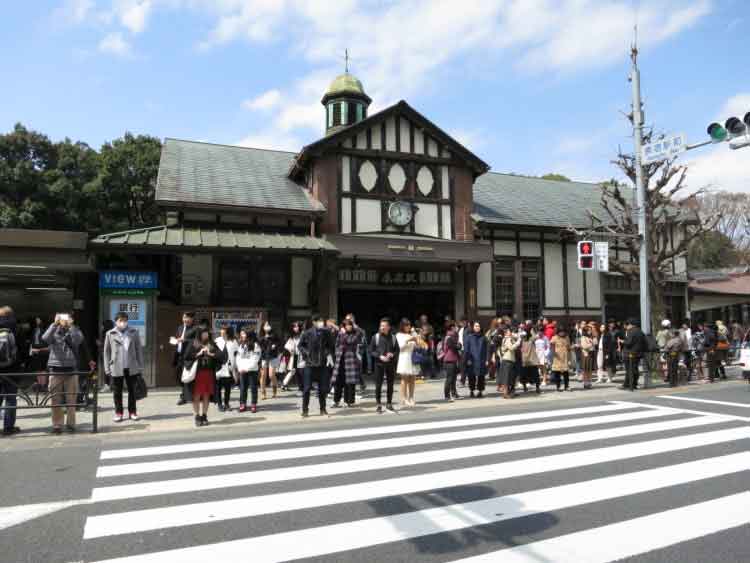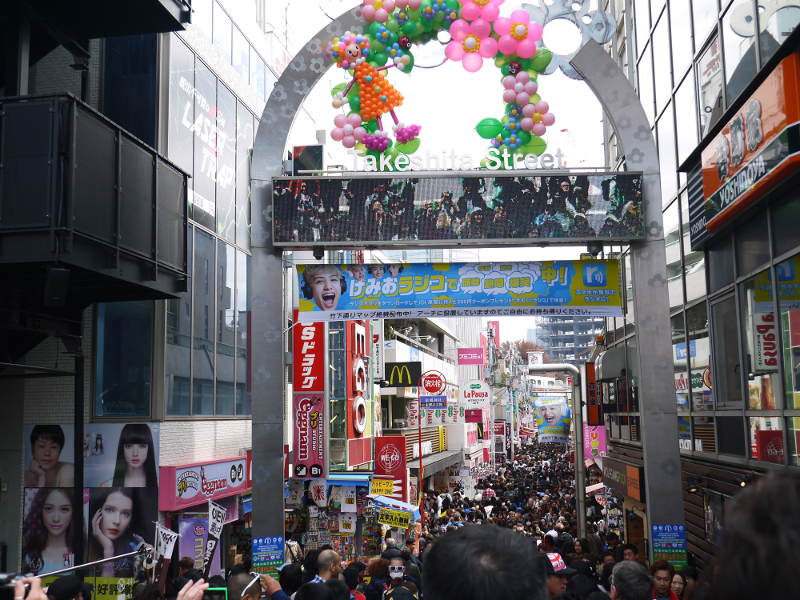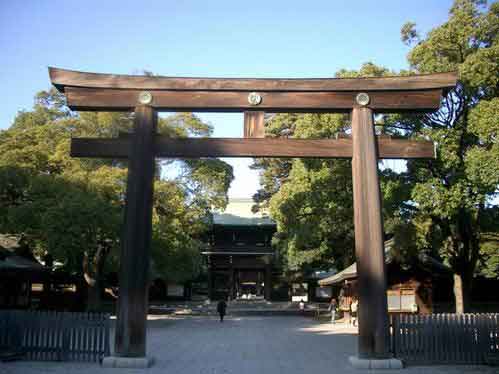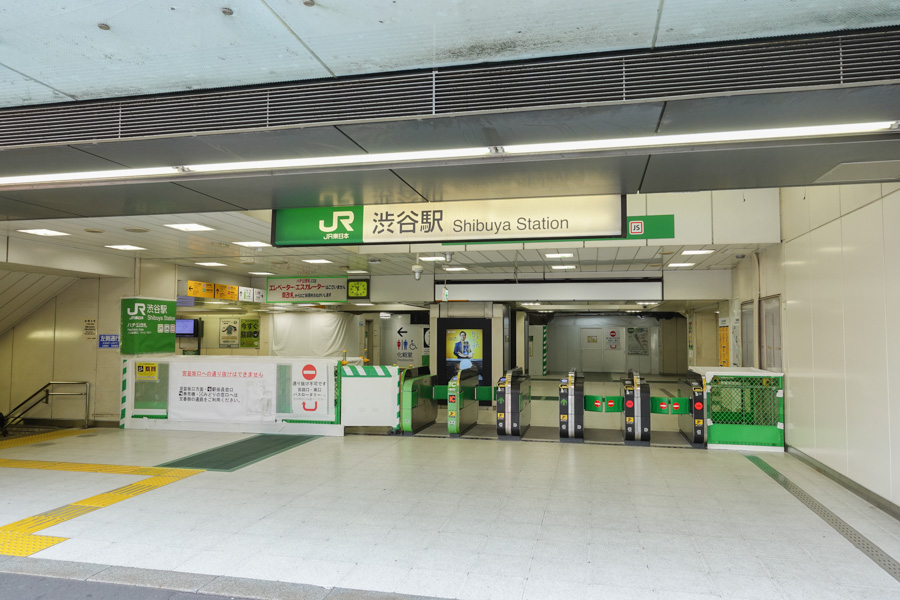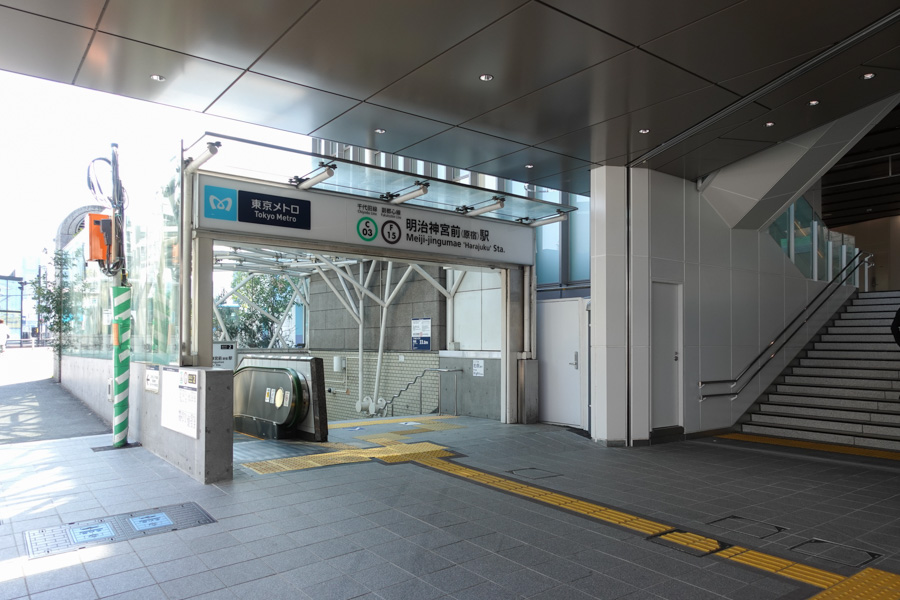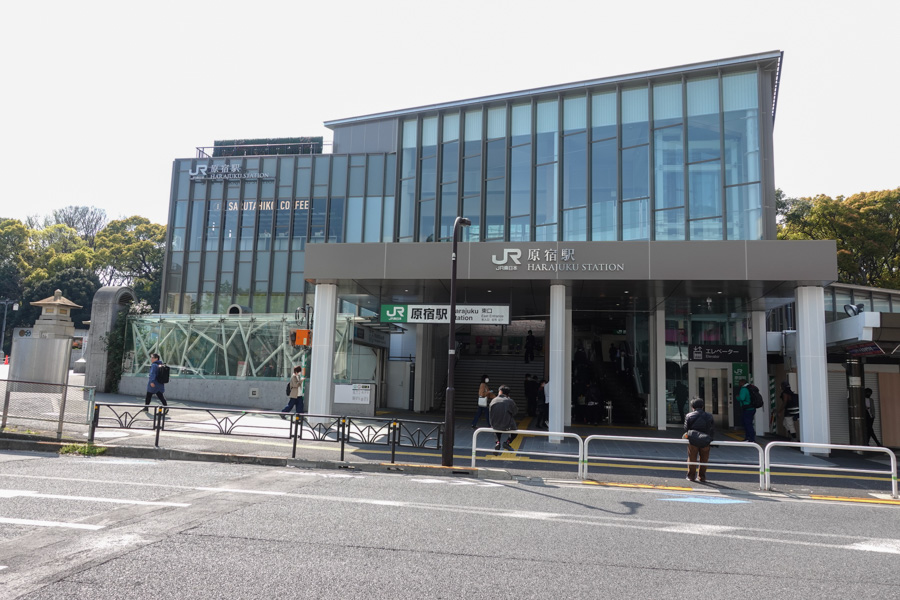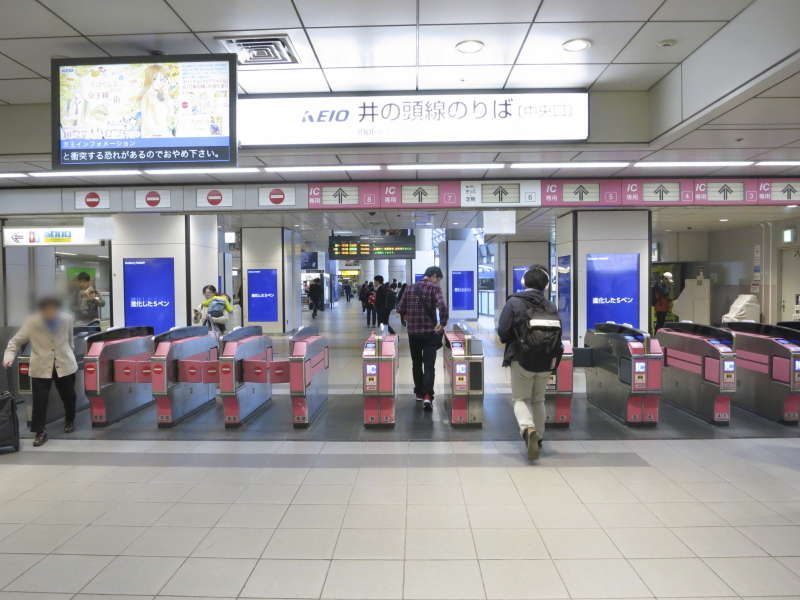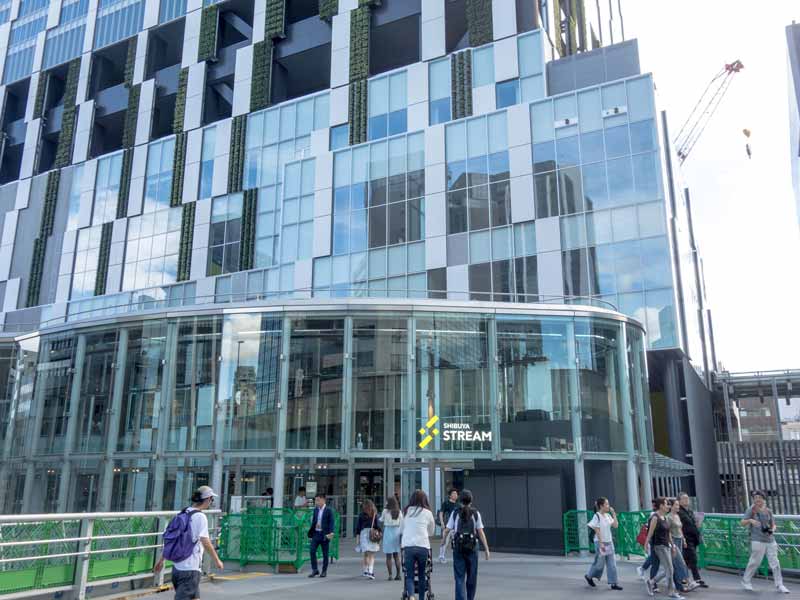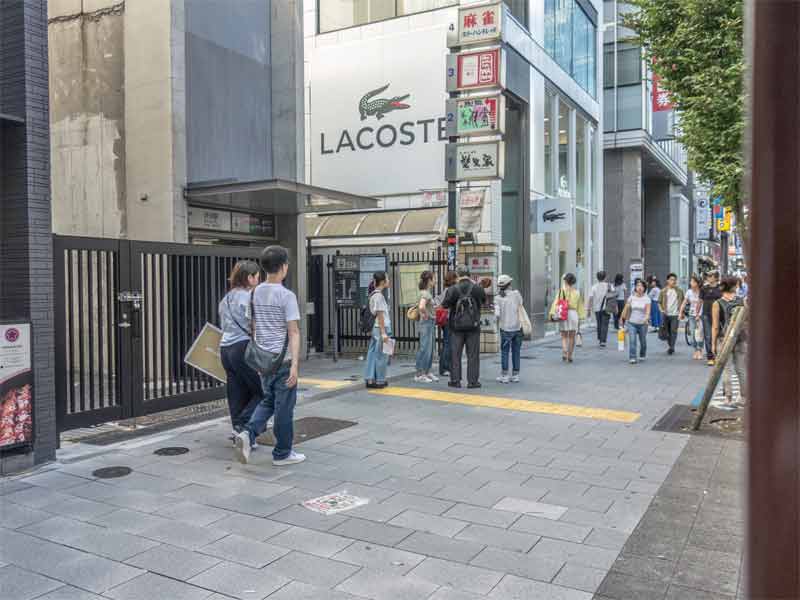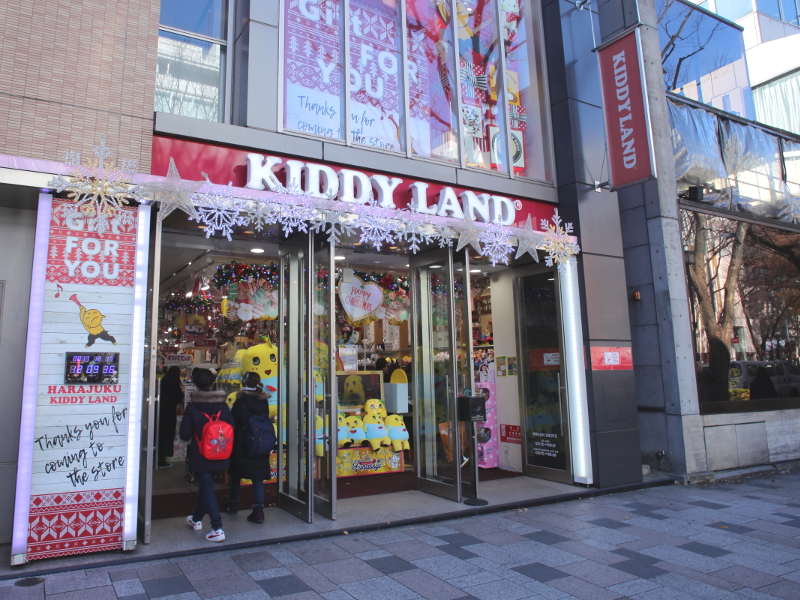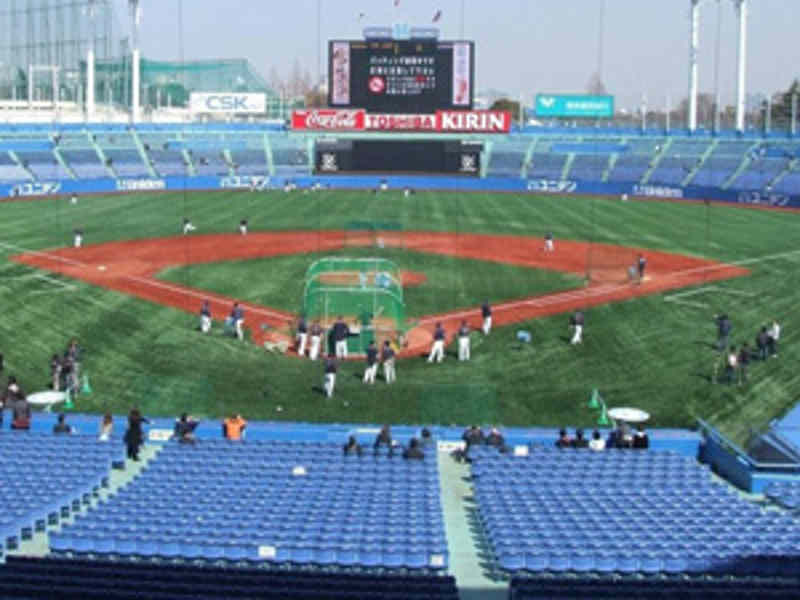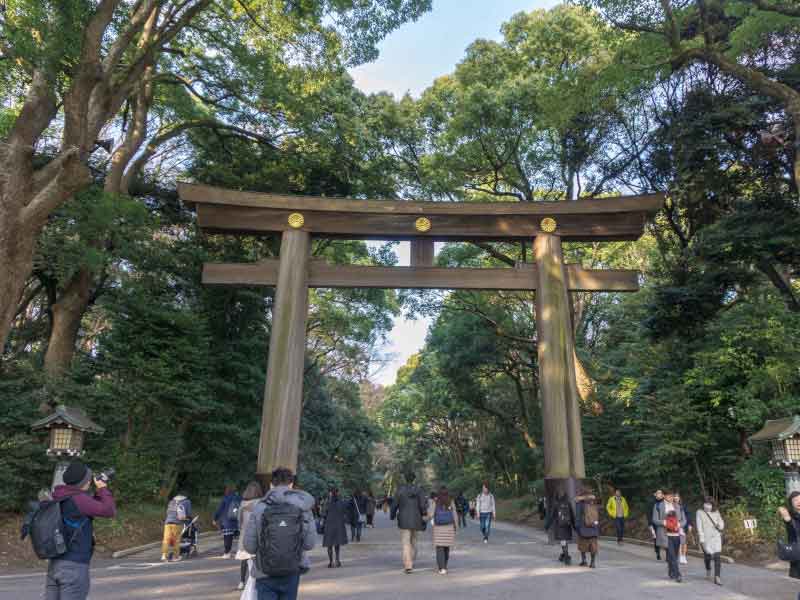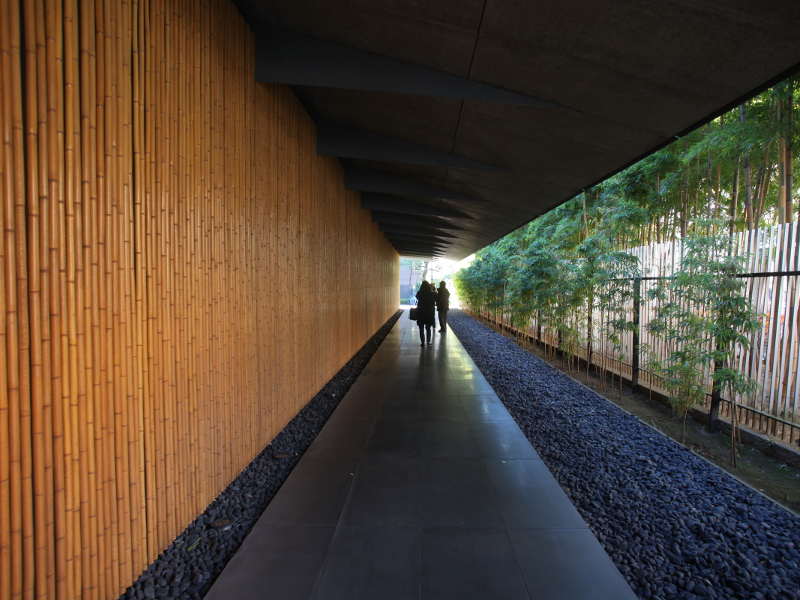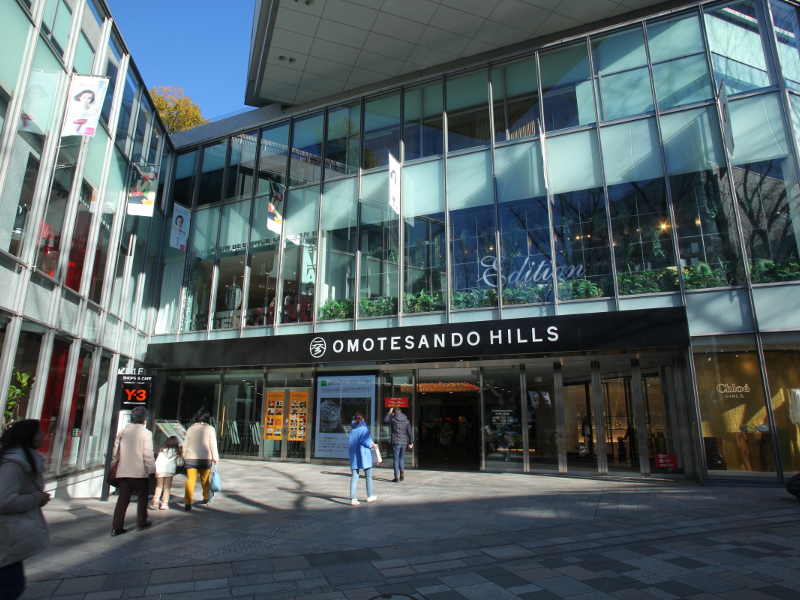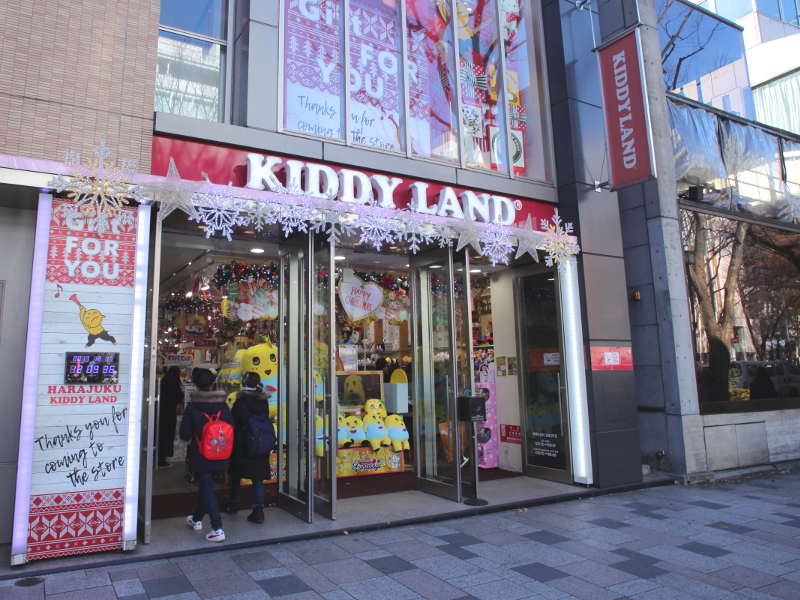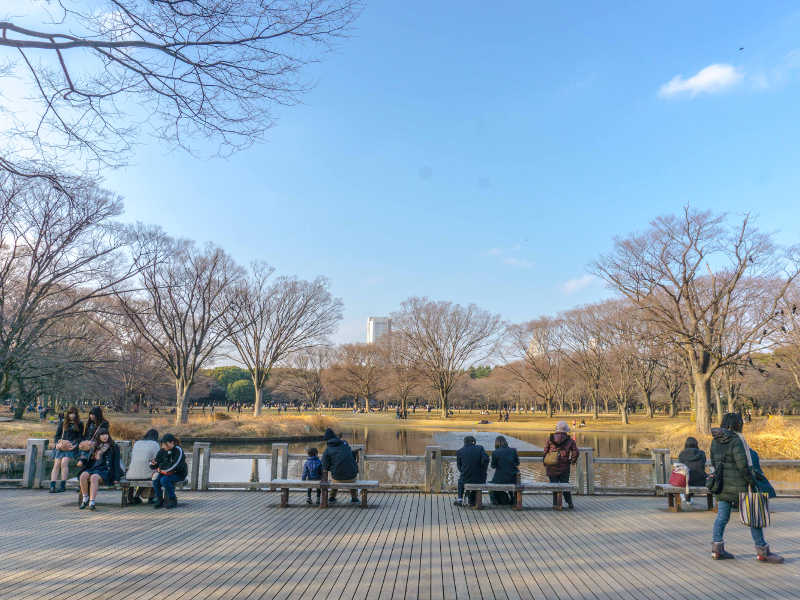
Shibuya/Harajuku/Omotesando
Shibuya
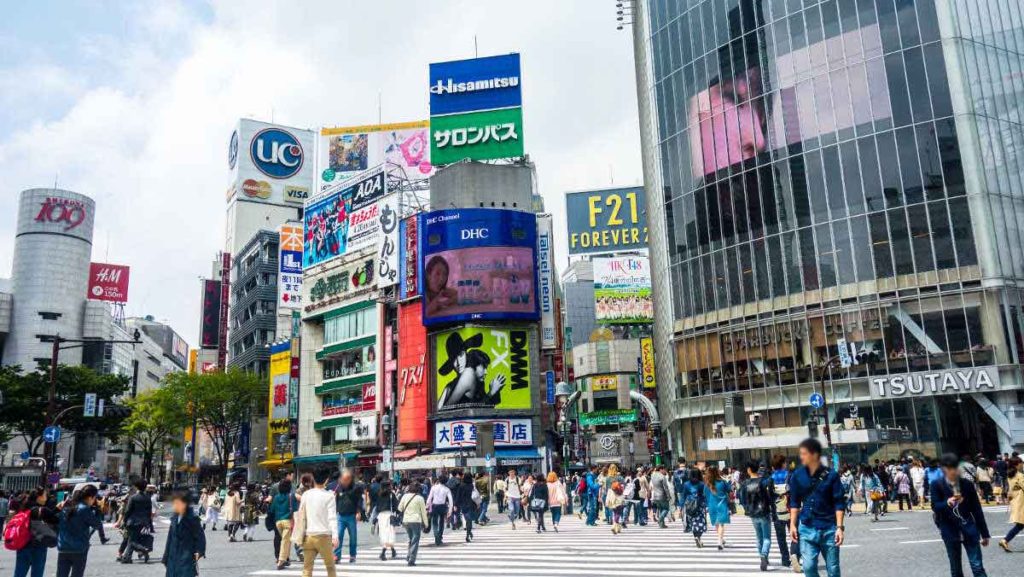
Shibuya is the origin of Japanese youth culture. You will find many famous shops, restaurants, bars, night clubs and live music clubs. It is full of the latest fashion of young people. Shibuya is definitely the place to go if you want to get the Japanese kawaii (cute) trends published in magazines. Recently many tourists come from all over the world.
Situated in front of Shibuya Station are some of the district's landmarks such as the statue of "Hachiko", "Moai" and the world's famous "Scramble Crossing".
Recommended route to the main spot (Wheelchair accessible route)
- Bunkamura
- From Shibuya, exit 3, turn left, go straight on Bunkamura street to Tokyu department store, and the entrance is next to it.。
- Please click here for detail information.
- From Shibuya, exit 3, turn left, go straight on Bunkamura street to Tokyu department store, and the entrance is next to it.。
- Shibuya Hikarie
- From Shibuya, exit 15 directly.
- Please click here for detail information.
- From Shibuya, exit 15 directly.
- Shibuya Excel Hotel Tokyu
- From Shibuya, JR South exit, go to Mark City, and take the elevator to 5F
- Please click here for detail information.
- From Shibuya, JR South exit, go to Mark City, and take the elevator to 5F
Harajuku
Harajuku has 2 faces.
One is the face of a city of the teenagers' culture where stylish items such as assorted goods, accessories and clothes are readily available. Takeshita street is constantly crowded with shoppers. Harajuku is the place where crepes, pancakes, and many other trends started. People line up outside popular shops here and there.
The other face is the stillness and mystical energy emanating from the Meiji Shrine. There are about 100 thousand trees within an area of about 700,000 square kilometers. After walking for 10 minutes from the entrance, you can see the Main Shrine where the souls of Emperor Meiji and Empress Shoken are enshrined.
Next to Meiji Shrine, there is Yoyogi Park, which is famous for its cherry blossoms in the spring and ginkgo trees in the autumn. It has become an oasis for people. Various international events are held during weekends.
Recommended route to the main spot (Wheelchair accessible route)
- Meiji Shrine (Meiji Jingu)
- From Harajuku, JR Omotesando exit, cross Gorin bridge and the entrance is there.
From Meiji-jingumae, Chiyoda Line, Fukutoshin Line exit 2, cross Gorin bridge and the entrance is there.
- From Harajuku, JR Omotesando exit, cross Gorin bridge and the entrance is there.
- Yoyogi Park
- From Harajuku, Yamanote Line Omotesando exit, cross Gorin bridge and follow the road to the park entrance on the right.
From Meiji-jingumae, Chiyoda Line, Fukutoshin Line exit 2, cross Gorin bridge and follow the road to the park entrance on the right.
From Yoyogi-koen, Chiyoda Line exit 4.
- From Harajuku, Yamanote Line Omotesando exit, cross Gorin bridge and follow the road to the park entrance on the right.
- Takeshita Street
- From Harajuku, JR Omotesando exit, bear left towards the Yamanote Line Takeshita exit, and cross the traffic light.
From Meiji-jingumae, Chiyoda Line, Fukutoshin Line exit 2, go to the Yamanote Line Takeshita exit, and cross the traffic light.
- From Harajuku, JR Omotesando exit, bear left towards the Yamanote Line Takeshita exit, and cross the traffic light.
Omotesando
Omotesando is a more sophisticated area. Artistic fashion buildings and galleries line up along the zelkova tree-lined street where you can enjoy shopping, gourmet food and art.
Recommended route to the main spot (Wheelchair accessible route)
- Omotesando
- From Omote-sando, Ginza Line, Chiyoda Line, Hanzomon Line exit A1.
From Meiji-jingumae, Chiyoda Line, Fukutoshin Line exit 5.
From Harajuku, JR Omotesando exit.
- From Omote-sando, Ginza Line, Chiyoda Line, Hanzomon Line exit A1.
The station guide of Omotesando Station is here
- All
- Hotel
- Sightseeing
- Shopping
- Art/Culture
- Park/Amusement
- Train Station

